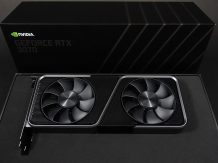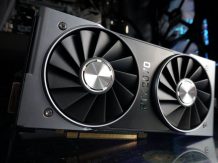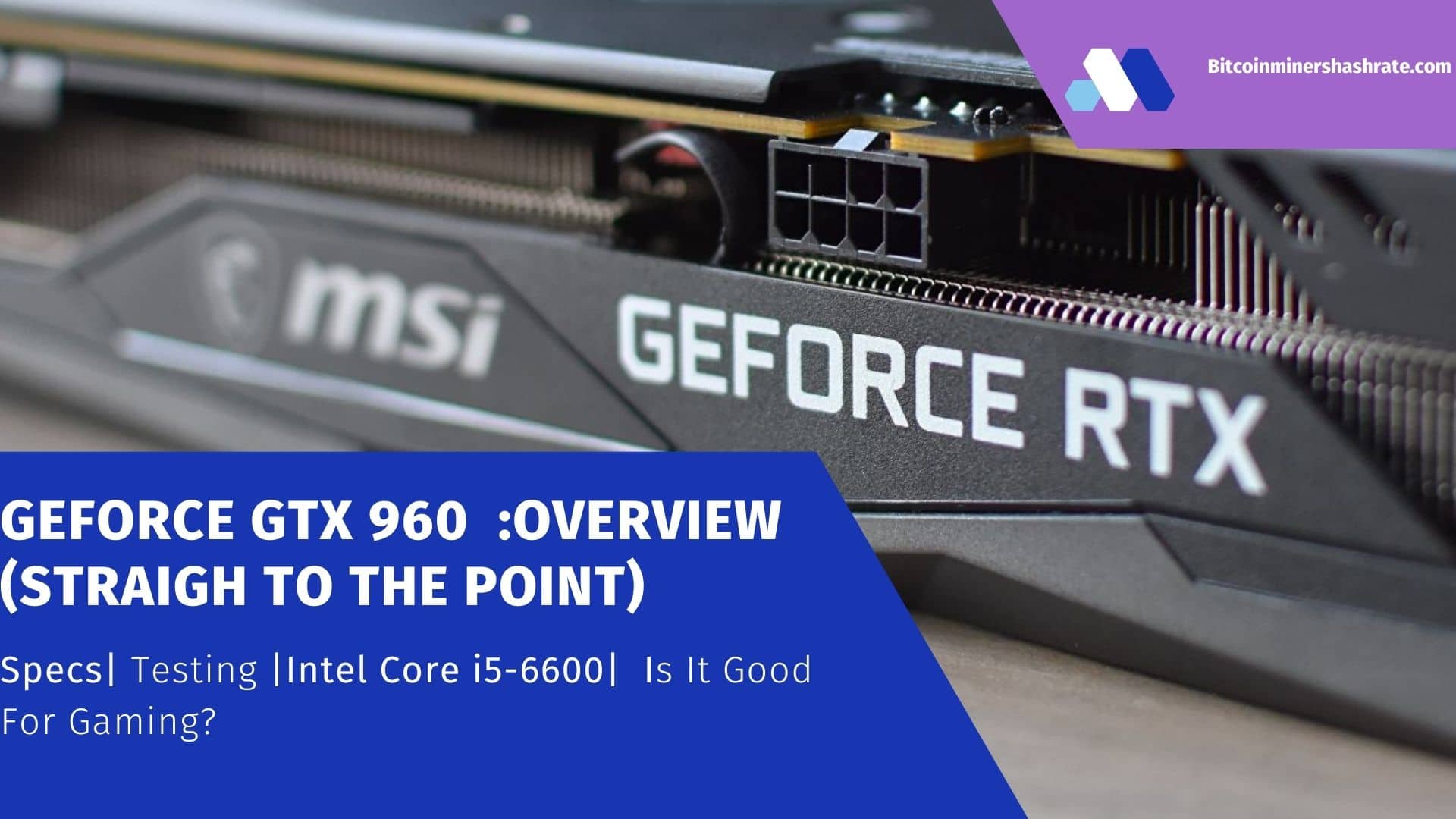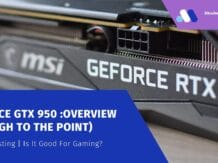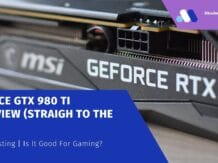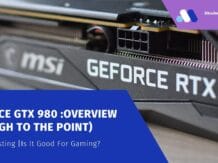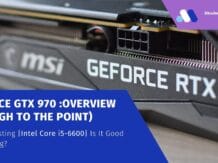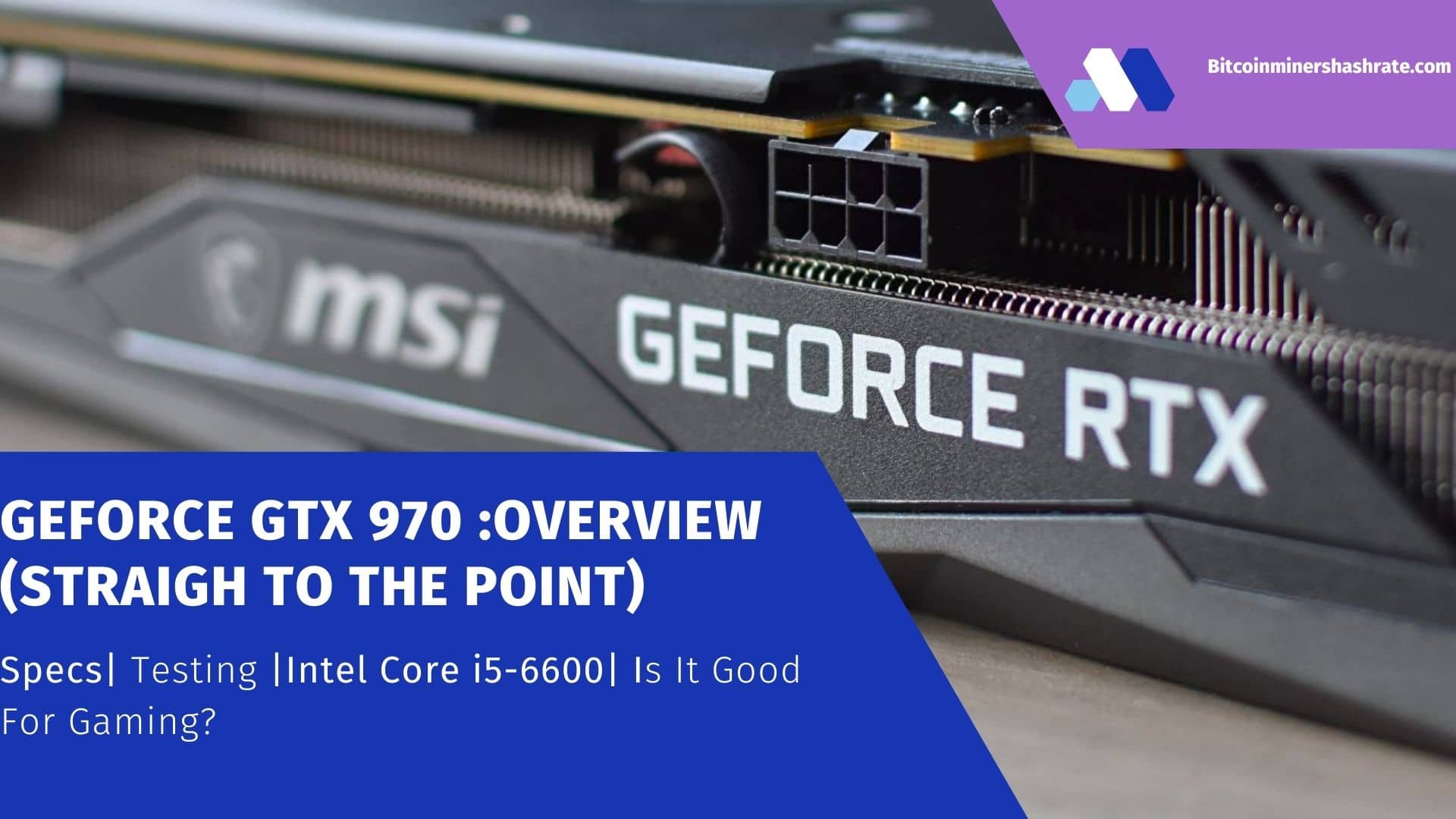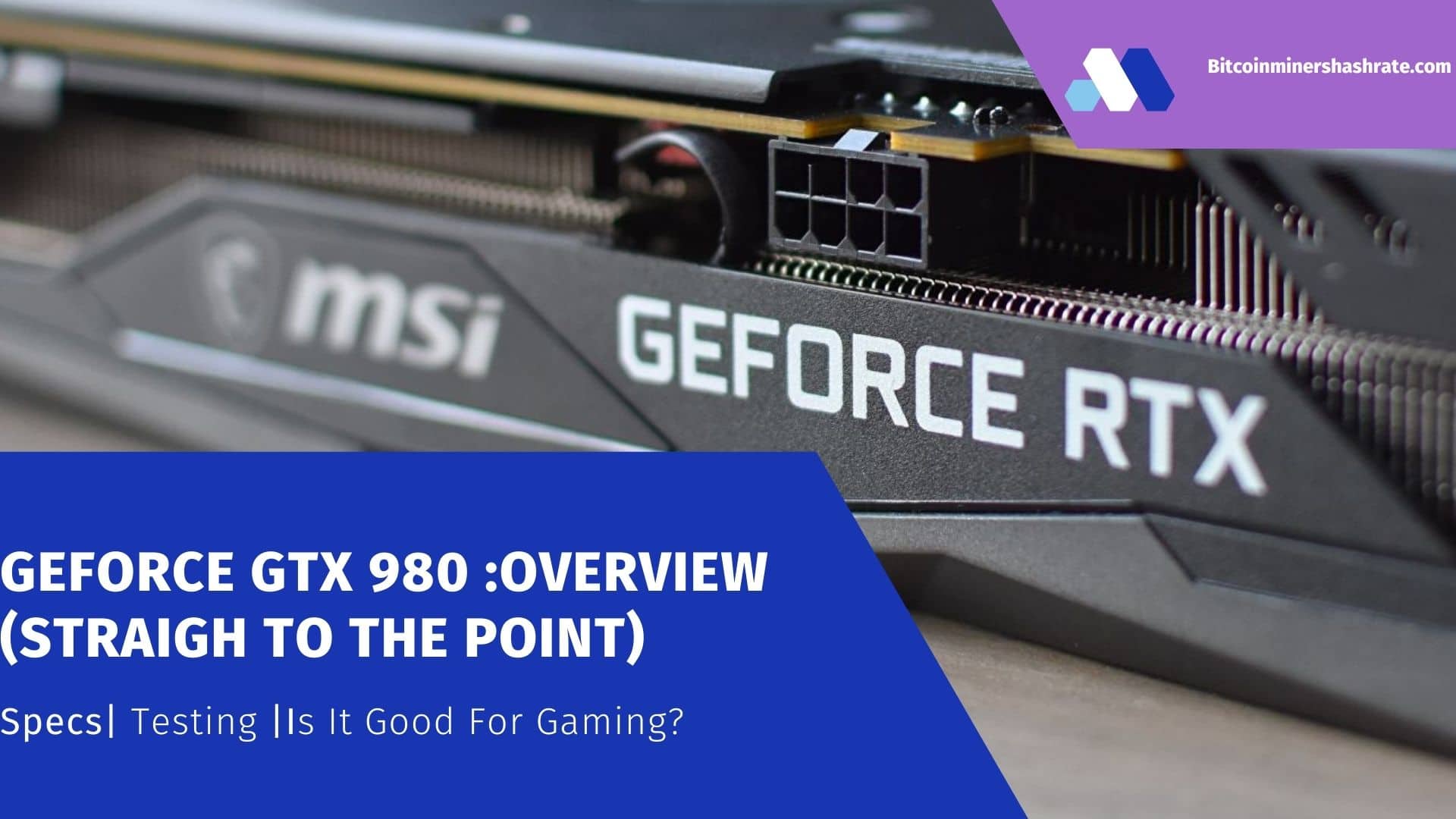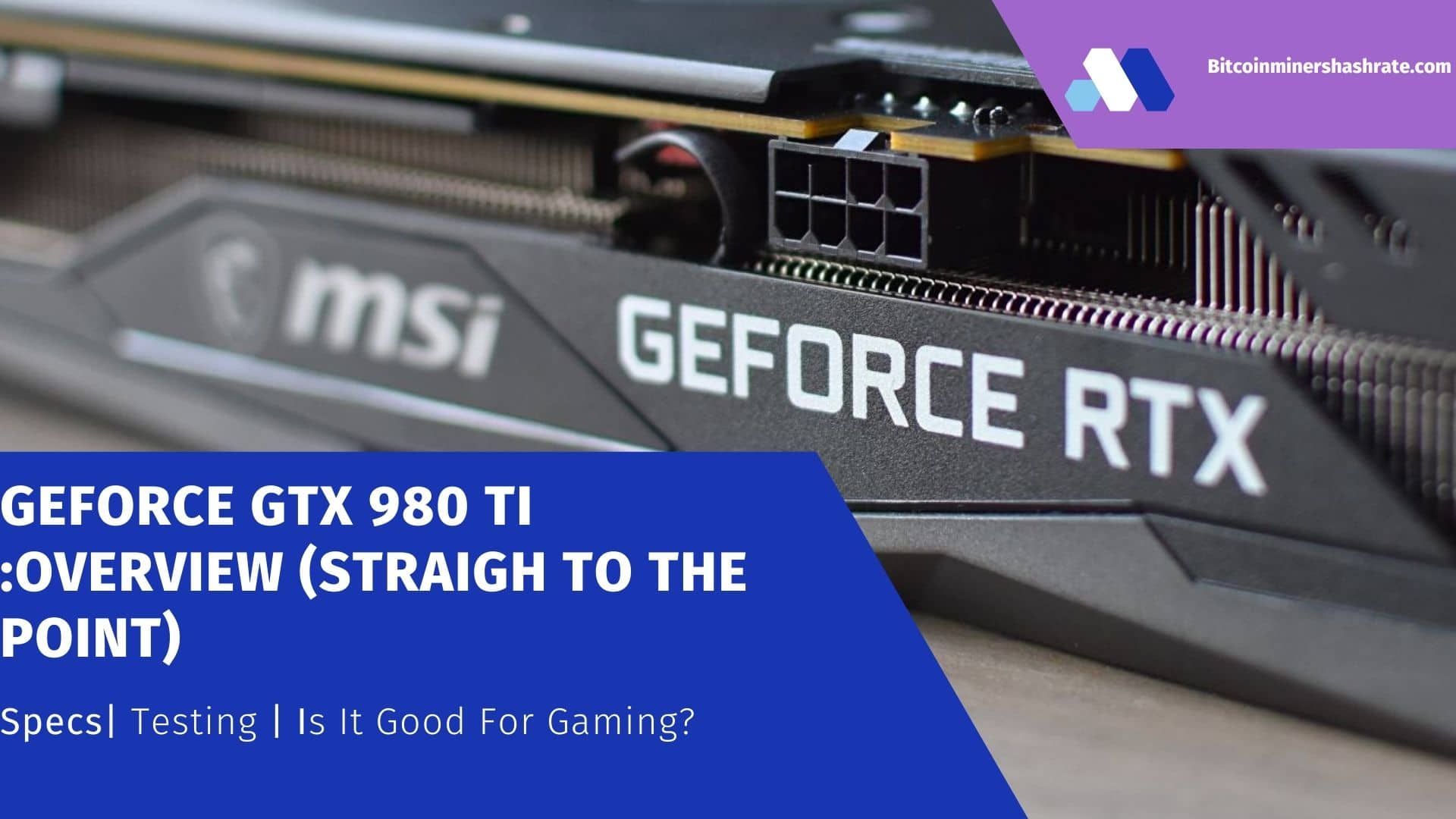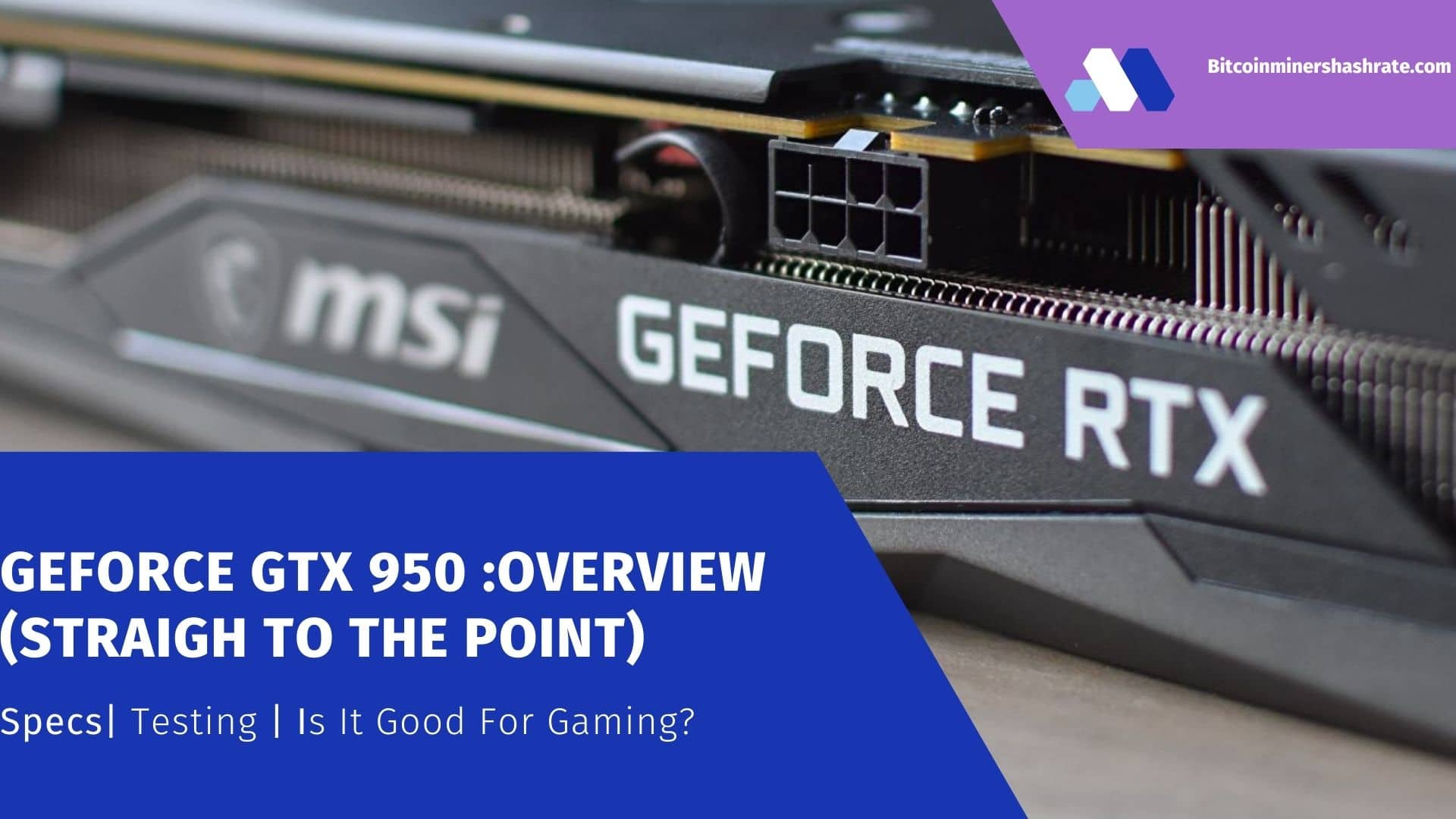GeForce GTX 960: Overview| Intel Core i5-6600| Specs| Testing – Is it Good for Gaming? – NVIDIA continues to introduce new 900-series graphics cards for desktop computers “downwardly”. The second-generation Maxwell graphics architecture is now implemented in the mainstream segment of the new GeForce line of video cards. Following the flagship pioneers GeForce GTX 980 and GeForce GTX 970, which appeared four months ago, the series has replenished NVIDIA GeForce GTX 960presented to the world on January 22, 2015.
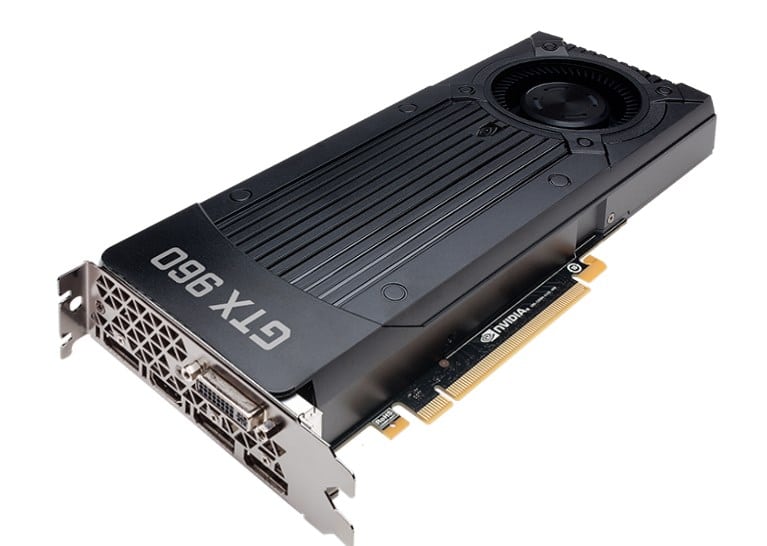
Nvidia GeForce GTX 960 Confirmed Specifications | 9.3 Ghz Effective RAM Because Of “Efficiency”
Nvidia’s GeForce GTX 960 specs have been confirmed by Nvidia to contain 1024 CUDA cores, 120W TDP, 128-bit memory bus and 2GB of GDDR5 memory. The odd thing is regarding the clock speed, despite the ‘real’ effective being 7012 MHZ, Nvidia have opted to use PR numbers for the GTX 960.
Because of the Maxwell GeForce 960’s compression improvements over the Kepler series, Nvidia have said that it runs at at 9,3GHZ.
After the announcement of the first version of Maxwell in February 2014 in the low power models GTX 750 and GTX 750 Ti, the computing world was looking forward to continuing. However, the top-end GeForce GTX 9xx video cards mentioned above became the continuation, as a result of which a “middle-class niche” was formed. Realizing this, the green corporation finally decided to fill it with the GeForce GTX 960 model. How successful was this release? Let’s see.
The video card in this review is based on a graphics core marked GM206, which is almost half the flagship GM204. Logically, the new product replaces the GeForce GTX 760, so let’s first compare the characteristics of these video adapters.
GeForce GTX 960: Specification (Specs)
| GeForce GTX 960 | GeForce GTX 760 | |
| Graphics core | GM206 (Maxwell) | GK104 (Kepler) |
| Technical process | 28 nm | 28 nm |
| Number of transistors | 2940 million | 3540 million |
| shader processors | 1024 | 1152 |
| texture blocks | 64 | 96 |
| Processor frequency, base / Boost | 1126 MHz / 1178 MHz | 980 MHz /1033 MHz |
| Memory bus width | 128 pages | 256 pages |
| Memory type | GDDR5 | GDDR5 |
| Memory | 2048 MB | 2048/4096 MB |
| Memory Bandwidth | 112.2 GB/s | 192.3 GB/s |
| Interface | PCI-Express 3.0 | PCI-Express 3.0 |
| power usage | 120 W | 170 W |
| recommended price | $ 200 | $ 250 |
Testing the GeForce GTX 960 in games* (average FPS![]() )
)
*For testing, the following bench configuration was used: Intel Core i5-6600 processor, ASUS Maximus VIII Extreme motherboard, 16 GB G.Skill RAM, Plextor PX-256M6Pro SSD, Corsair AX1500i power supply, Windows 10 (64 Bit) operating system. NVIDIA GeForce driver version: 375.95.
Of course, Maxwell – a new graphics architecture, named after a famous mathematician, pleases with its energy efficiency and “coldness”. But in our subjective opinion, the release of the GeForce GTX 960 did not bring any special, bright moment. Still, we used to expect that a video card of the same number in the next series should be noticeably faster than its predecessor.
In this case, the expectations were not justified. A 128-bit bus and a small amount of video memory do not allow revealing the full potential of the modern GM206. Nevertheless, this situation allows the gaming video card market to expect an early release of a more productive version of the GeForce GTX 960 with the Ti prefix.
As for the reviewed novelty, it can confidently take its place among the compact, economical and quiet systems that do not claim serious gaming ambitions. In this segment, the performance and price of the GeForce GTX 960 will look very good and competitive.
